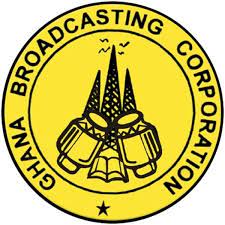
Marathon training can be fun. It is more than just going out for a jog every day! Many marathon runners tend to focus on running at the same pace throughout their training. This pace is usually close to their intended marathon pace. However, this is not the most effective way to train for a marathon.
A marathon is a long and demanding race that puts a lot of stress on your muscles. By incorporating variety into your training runs, you can make yourself a stronger and more well-rounded runner. This will help you to better handle the challenges of the race and avoid hitting the wall.
Types of Varied Training Runs
There are several different types of varied training runs that you can incorporate into your marathon training program. Here are a few examples:
Tempo Runs: A tempo run is a run that is done at a pace that is faster than your marathon pace. This type of run helps to improve your lactate threshold, which is the point at which your body starts to produce more lactate than it can remove.
For example, you could warm up at a 9:30 pace, run about 3 miles at a faster 8:15 to 8:30 pace, and then finish up at the final mile at a 9:30 pace.
Hard Runs: Hard runs are shorter runs that are done at a pace that is much faster than your marathon pace. This type of run helps to improve your speed and running economy. Generally, try to do your hard run workouts on relatively flat terrain. The workout could consist of:
1. Warm-up (20% of the total)
2. Fast run (60% of total) at your 10K race pace
3. Cool down (20% of the total).
For example, a 6-mile hard run could comprise:
11/4 miles at 9:00 minutes/mile pace
31/2 miles at 7:45 pace
11/4 miles at 9:00 pace
Hill Work: Hill work is a great way to improve your leg strength and power. You can do hill repeats, which involve running up a hill at a hard effort and then jogging back down slowly. Or you can simply run a hilly course.
For the hill repeats, find an appropriate hill, anywhere from 1/4 to 1/2 mile is good.
– run the hill using moderate effort
– jog back at a slow pace
– repeat several times until you have reached your target distance
A five to 6-mile workout will help build stamina and strengthen your quadriceps.
Speed Work
Generally, speedwork is not usually recommended for beginner marathoners since it can lead to injuries for inexperienced runners. However, if you have completed several marathons, are injury-free, and want to improve your finish time, then doing some speedwork can be a good weekly or bi-weekly workout for you.
Speed (Interval) training should be done on a track or a flat section of trail. Start with a warm-up of about 2 miles, then do fast intervals interspaced with recovery jogs and a cooldown of about 1.5 miles at the end.
For example, you could:
- Run 200 yards at a pace 60 – 90 seconds faster than your marathon pace; then do a recovery jog back to the start
- Repeat 2 more times
- Increase run to 400 and jog back
- Increase run to 800 and jog back
- Decrease run to 400 and jog back
- Decrease run to 200 and jog back
- Run the final 200 and jog back
This will give you a total workout of just under 5 miles. Some marathoners don’t do the shorter distances and instead do mile repeats, which consist of one mile at a fast pace followed by a one-mile recovery repeated until you have achieved your total workout mileage.
If you include the above workouts in moderation in your training, you should feel the difference on race day.
Warning! Don’t try and do all of the above in the same week as a 20-mile-long run! You will certainly increase the risk of an injury.























